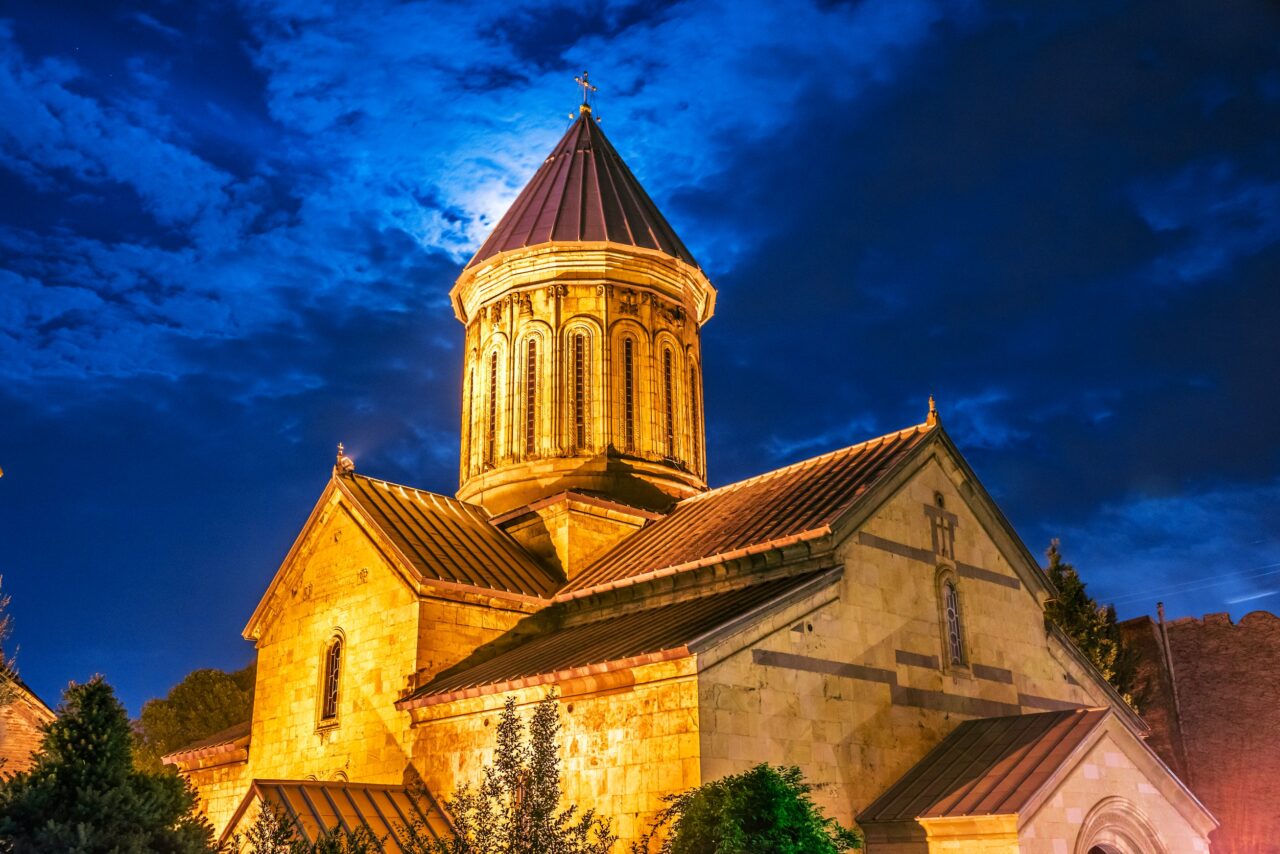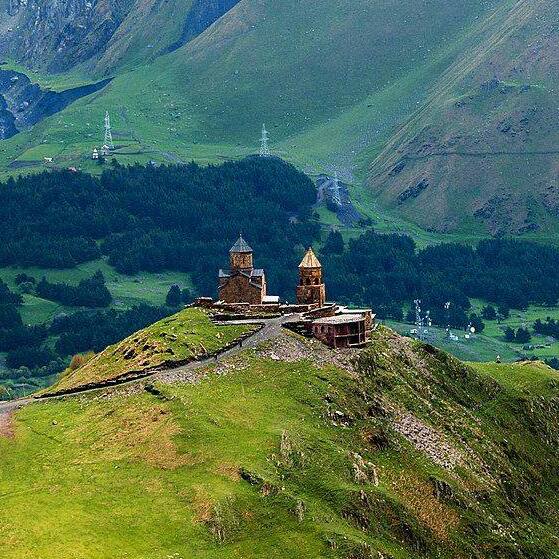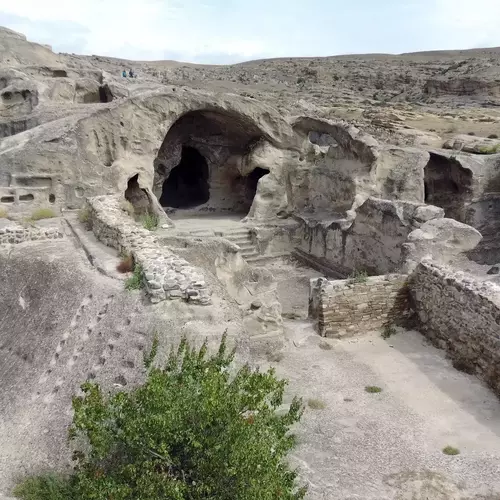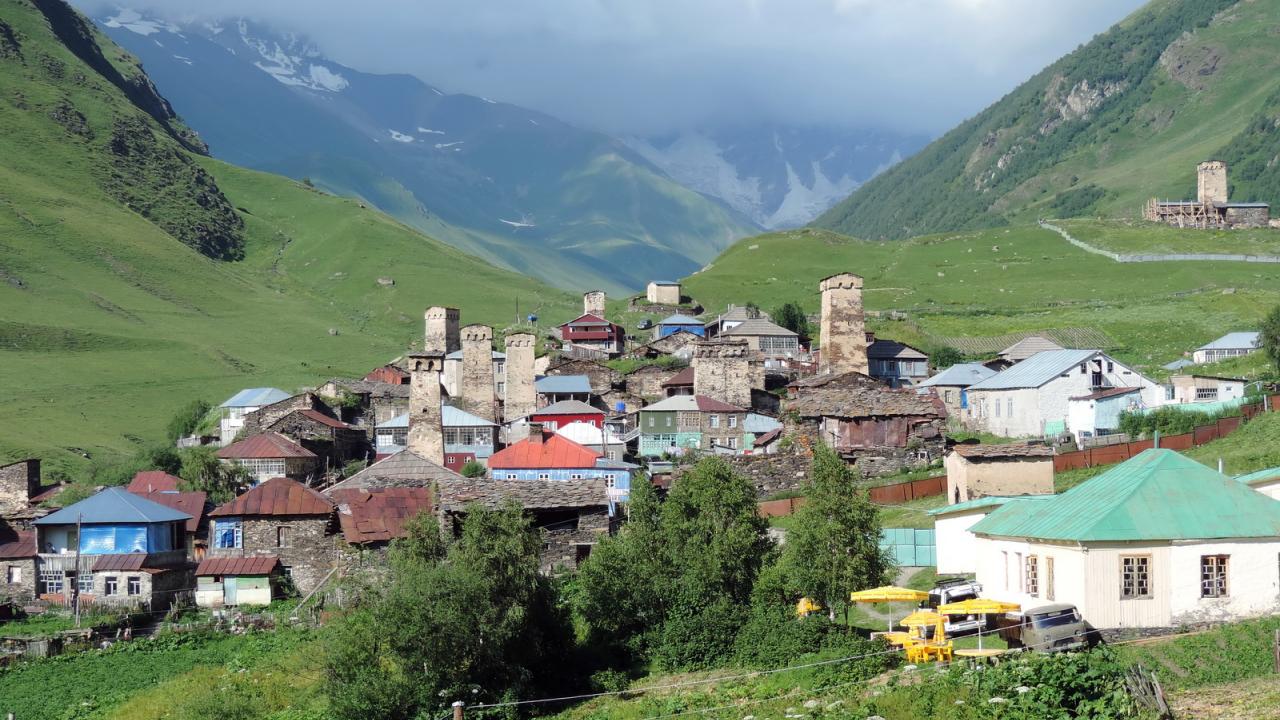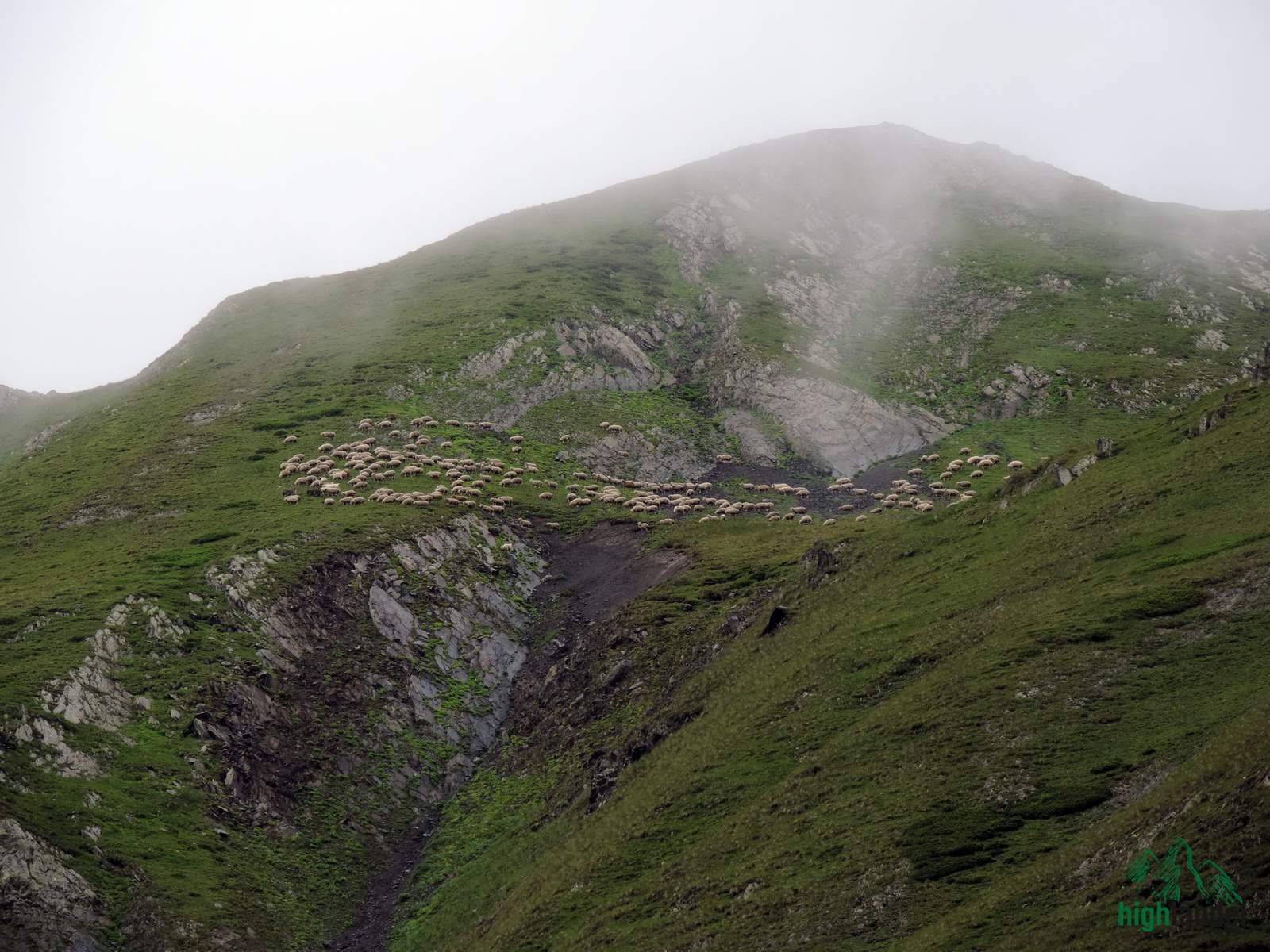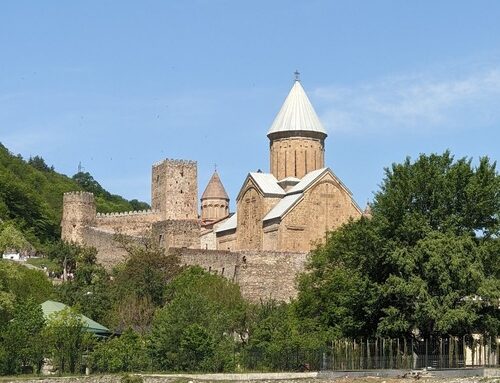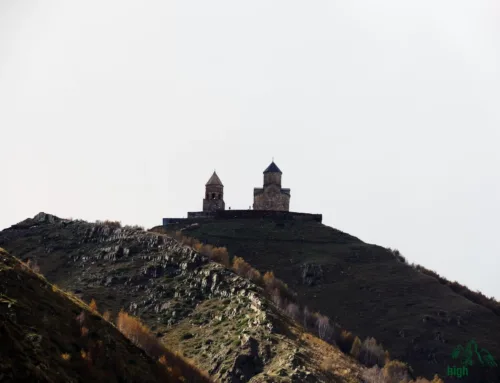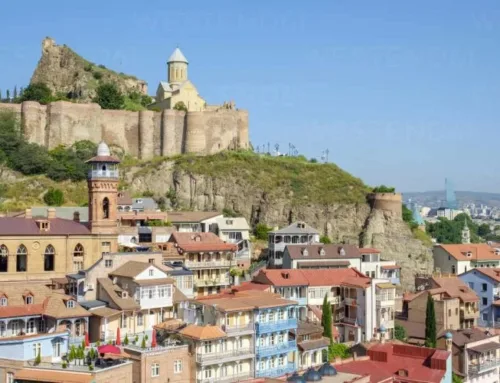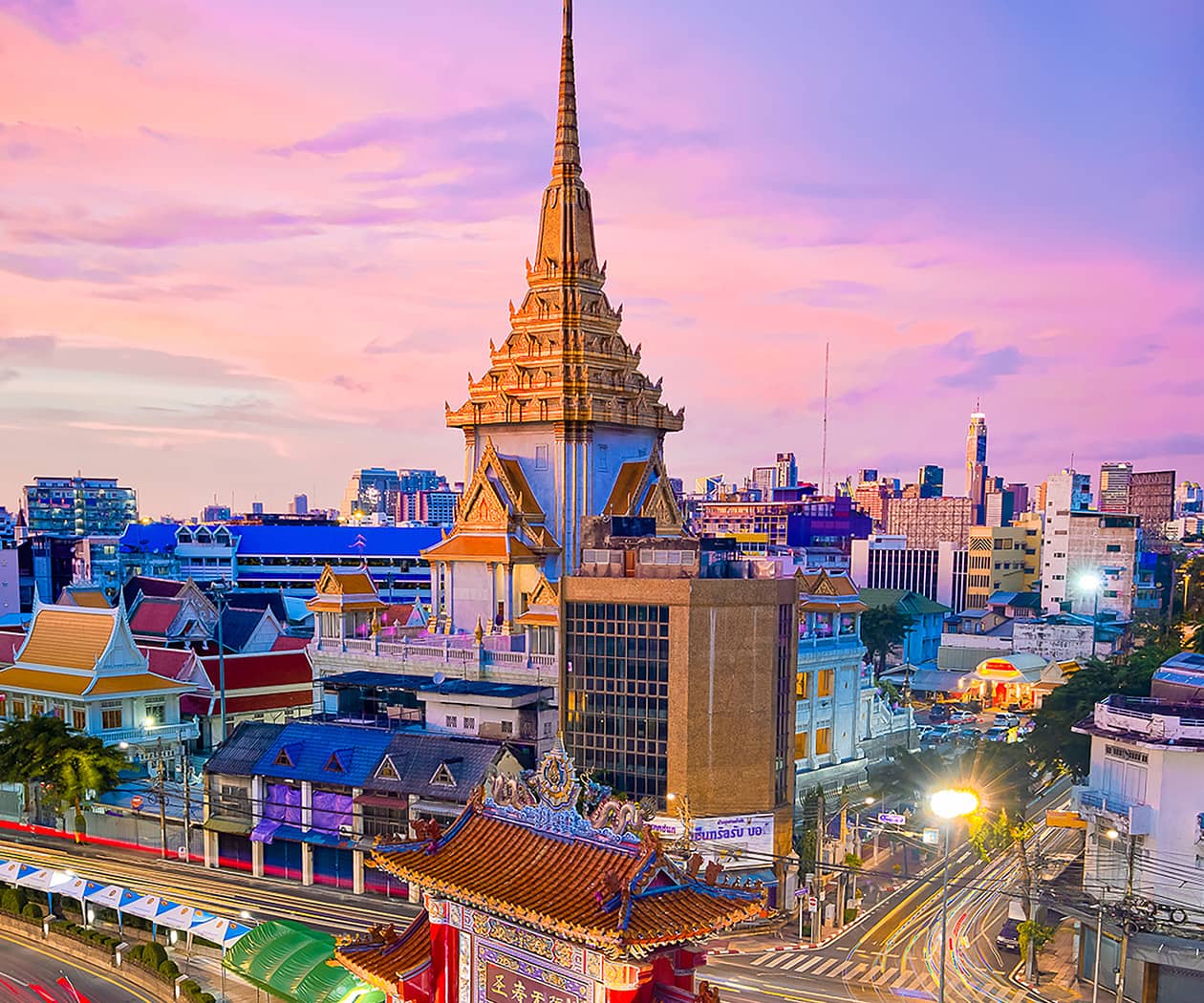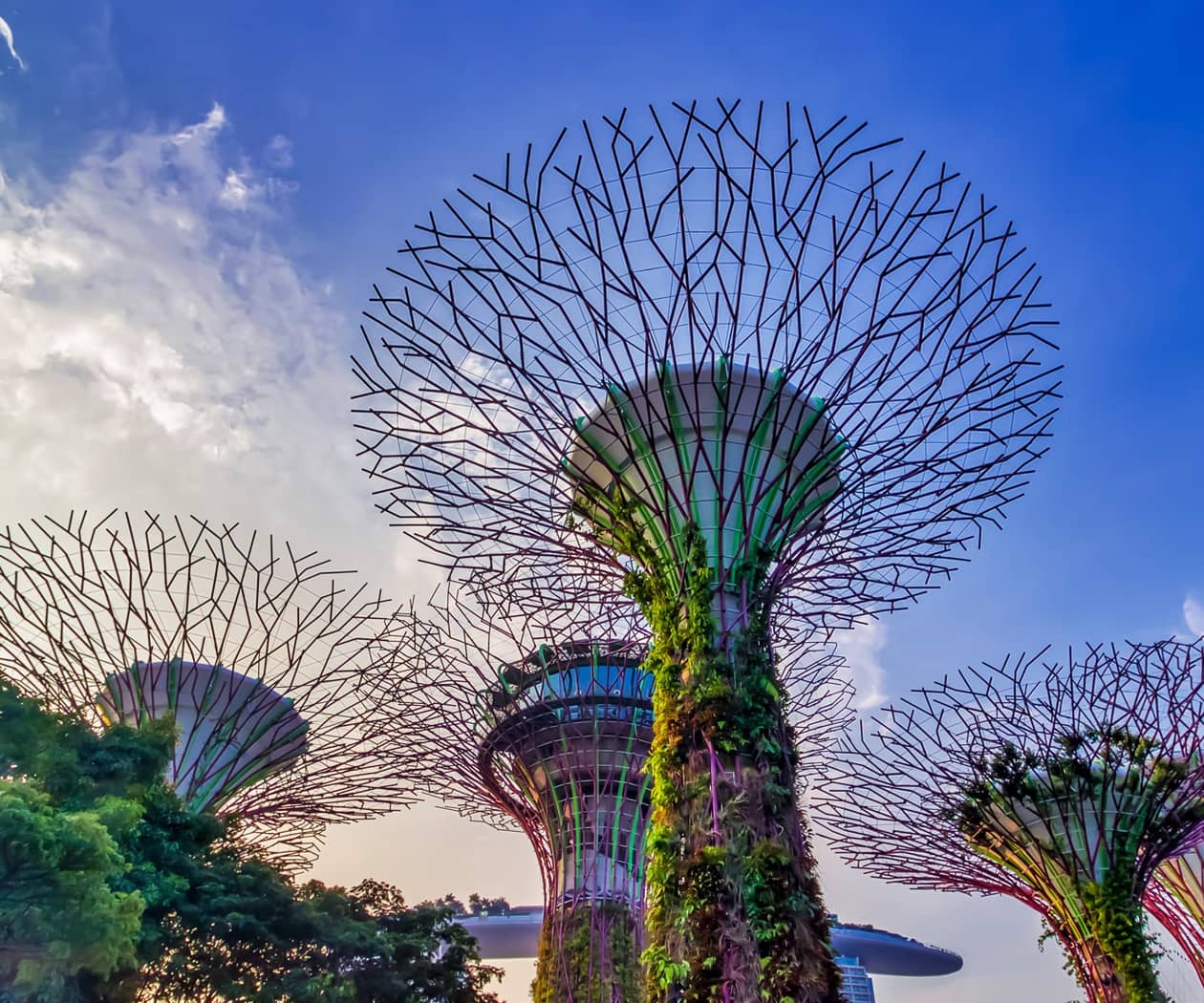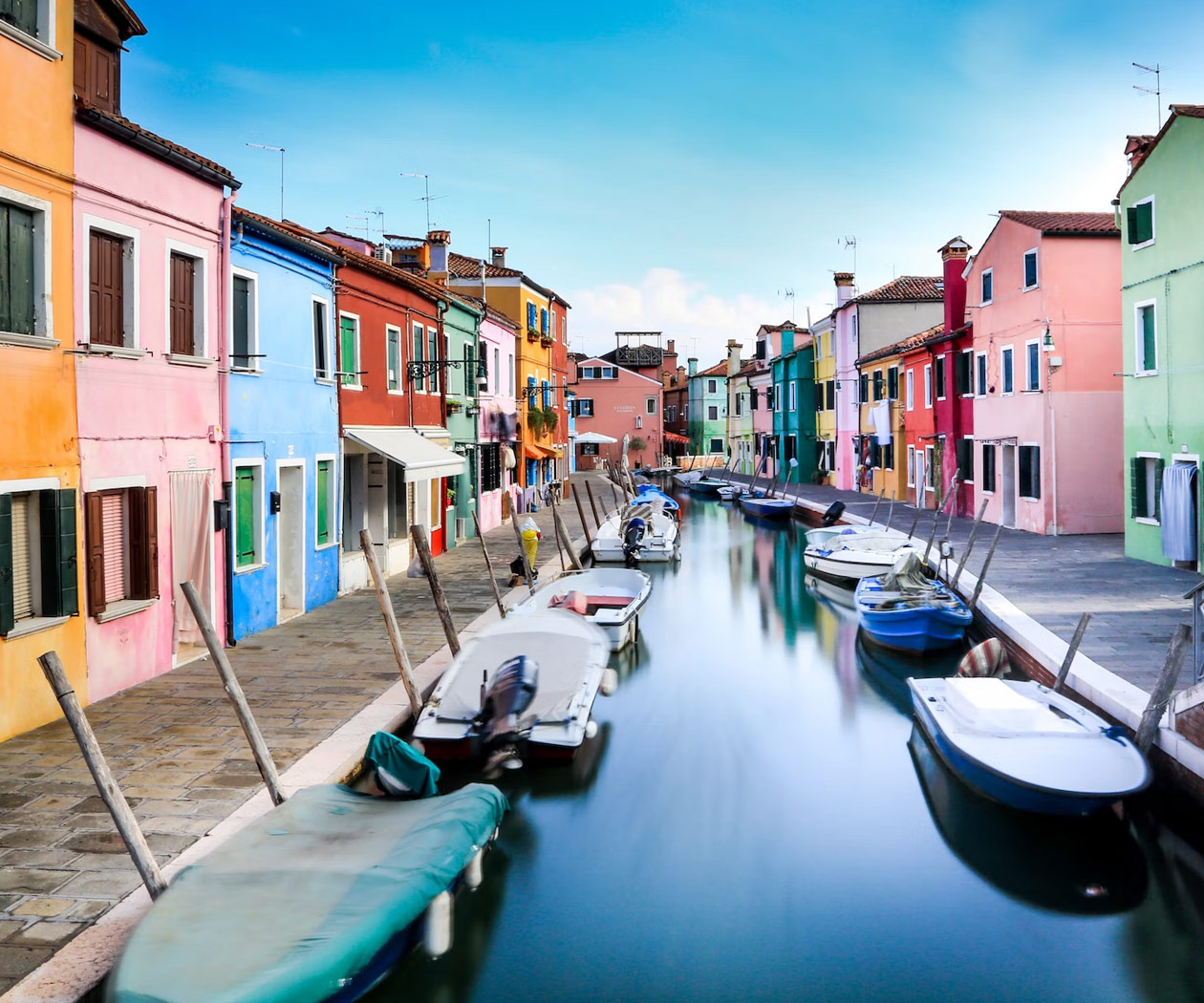Anchiskhati
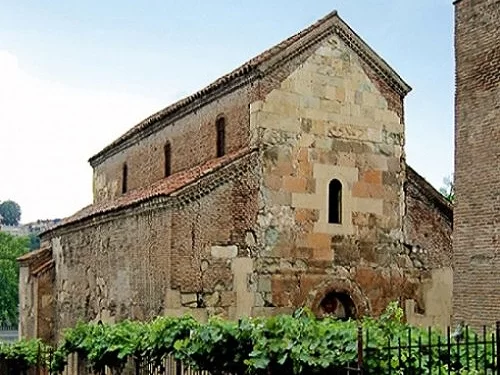
Anchiskhati is the earliest of Tbilisi churches. It is located on the right bank of the Mtkvari river in Kala, one of the neighborhoods of the old city.
The original building built of neatly hewn stones is dated back to the early VI c. AD. Mother of God church of Anchiskhati was built by the heir and successor of King Vakhtang Gorgasali – Dachi, also known as Dachi Ujarmeli.
The current name of the church – “Anchiskhati” – was given to it in XVII c. after the in-create icon of the Virgin adorned with the precious metal coating coined by the brilliant XII c goldsmith Beka Opizari was rested there being transferred from Anchi monastery located in south Georgia, occupied by Turks by those times and consequently incorporated into the Ottoman Empire. In XVIII c. the church was one of the leading centers of education and culture – a theological seminary was functioning in there.
The original building has suffered many reconstructions during its long lifespan. Entire upper sections of the construction were restored in XVII c, when bricks were instead of initial stones. Totally incompatible and ill-fitted dome was constructed in XIX c coupled with a rather ugly and rough bell tower attached to the building from the west. Several new windows cut through the walls at the same time, even more, worsened the entire condition of the construction.
The current brickwork bell tower, one of the most interesting monuments of late medieval Georgian architecture was constructed in 1675, under the patronage of Patriarch Domentios.
The most recent restoration of the monument started in 1958 when under the leadership of architect R. Gverdtsiteli all XIX c additions and superstructures were removed and the monument has been restored at the possible closest to its original features.
The church is a typical three-nave basilica with three entrance openings through the lateral and western walls. The original apse of the altar is hidden by the rectangular outline of the church.
A pair of separate rooms, one at each side of the apse clearly indicates that the tri-sectional developed type of sanctuary was well-known in Early Christian Georgian architecture. Initially, the whole of the internal space had been split by three pairs of cross-shaped columns. Two new pairs of round-in-shape columns were added to them in XVII c. which significantly changed the original features of the interior.
Fragments of wall painting performed in 1683, in the times of Patriarch Nikolas are preserved in the sanctuary and front of the apse. Some other fragments of the wall painting conducted in the first half of XIX c. are preserved on the middle nave and walls.
We always visit Anchiskhati church during our Tbilisi city tour.

